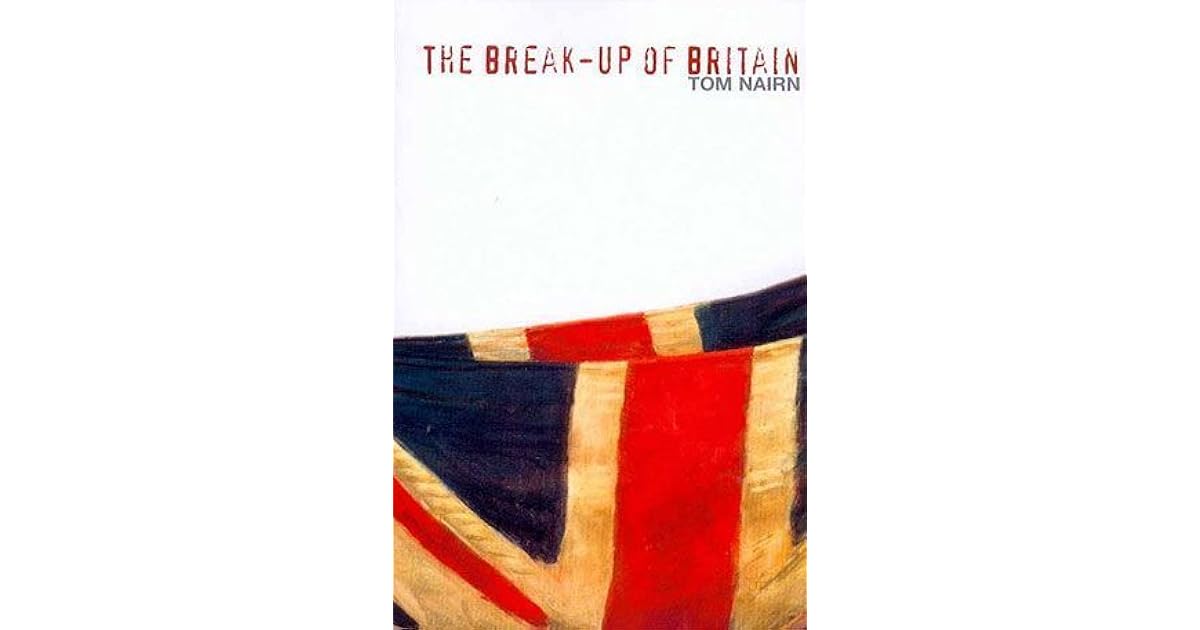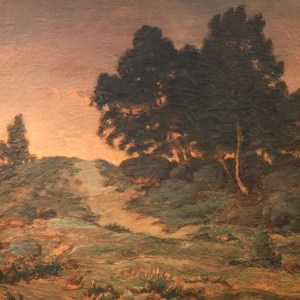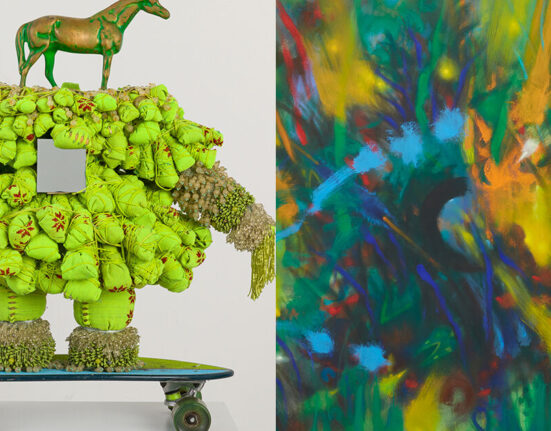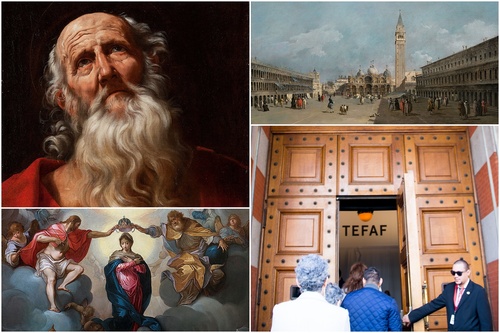“The Scuola Normale Superiore!” He rolled the phrase around his lips, a Freuchie lilt meeting a Pisan rasp. “And the estetica of Benedetto Croce…that’s where it all begins and ends.”
It was the end of another two-hour interview session with Tom Nairn—one of Scotland’s greatest prose writers and certainly our most original modern political thinker. This cavernous polymath, deep into his eighties, was politely tiring of all our filming process.
Yet what his mind circled around, again and again, weren’t matters like Brexit and Trump, or Orban and Erdogan, let alone 2014’s indyref. All of which would at least partly prove Tom’s great assertion: that “nationality politics” was as much a negotiant with progress as class, or markets, or technology.
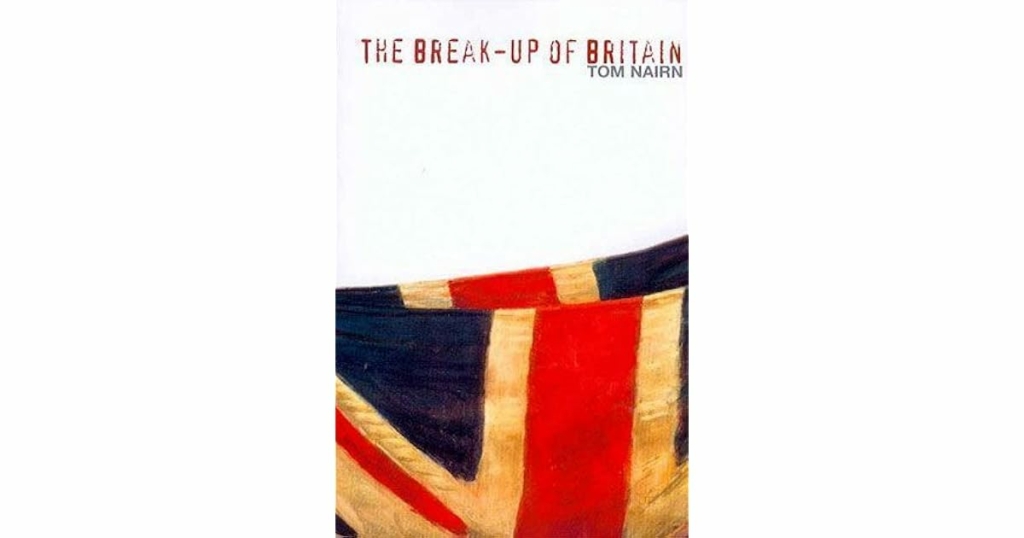

No: what seemed to predominate in Tom’s closing public thoughts was his scholarship at Pisa’s Scuola Normale Superiore, from the early to mid fifties. He was there to research the philosophy of aesthetics, specialising in Benedetto Croce, but also discovered the writings of Antonio Gramsci—while instantiating a life-long pleasure in fine coffee, wine and dining. (Millicent, his partner for the last few decades, told us his day could only commence after a strong Lavazza).
The film-maker Alan McMaster and I had already easy-jetted and airbnb’d ourselves to the SNS in Pisa. We gloried in its Napoleon-commissioned architecture. We gawped at the recommendation letter that the writer and philosopher Iris Murdoch wrote on behalf of the young Mr. Nairn. And we tried to imagine Tom’s life in an Italy where left and communist parties weren’t just electoral contenders, but—following Gramsci’s teachings—themselves shapers of culture and nurturers of conviviality, in arts, food and journals/newspapers.
“It was a whole life”, Tom recalled wistfully at one point, “With estetica at the heart of it”. He agreed that the kind of society he sought in Scotland, as an outcome of constitutional activity, was the life he had found in Pisa.
There could be an element of fond nostalgia here. Tom was a lion in winter at this point. We were well aware of the tough conditions under which he had written his extraordinary corpus of works.
A life of relative poverty, due to what many have claimed as establishment academic blacklisting, for his leading of the revolt among Hornsey Art College students in 1968. Producing books on the Monarchy and Blairism while tending to his first wife, to the very end of her terminal illness.
Schlepping around countries and continents for work, ending up in Australia in the 2000s because no Scottish university could grant a decent tenure to one of the country’s greatest minds.
So could Tom be blamed for rolling around in his Italian heyday, as the clock clicked down in his comfortable Livingston home?
Our documentary on Tom lies in digital pieces, currently in the hands of its commissioner, the composer Patrick Doyle. But I feel that, nevertheless, I had been given a final political gift by a weakening Tom in these interviews. Namely, that Europe was the context within which Scotland’s striving for national self-determination made the most sense, was at its most coherent.
All this makes Tom’s most famous book – the 1977 spirit-of-punk classic The Break-up of Britain (no question mark) – almost absurdly prophetic. How did Nairn know that, in order to get Scotland properly into Europe, the UK would have to be broken-up – because the UK, as a state and via Brexit, would eventually shut its doors to the European project? And trap Scotland inside it?


Not forgetting, of course, that as Jim Sillars famously reminded us, we picked up our sovereignty for one day on Sept 18th 2014 … and then put it back down again. Tom exuded an infinite patience in our interviews for this perplexing act, believing that the referendum demonstrated that Scottish collective will could be exercised, and just awaited its next most relevant conjuncture. “Get on with it!” was his pithily (and regularly) expressed command to us.
Nobody reading these pages needs to be told how difficult it has been to “get on” with the project of Scottish independence. And it may well be that we need to revise some of Tom’s overarching themes.
In his later writings, formulated mostly in Australia, Nairn saw globalisation and universalisation—in markets, information networks, international law—as a kind of enabling platform for small, adroit nations. The acquis communitaire of the EU was a handy nearby system to plug into.
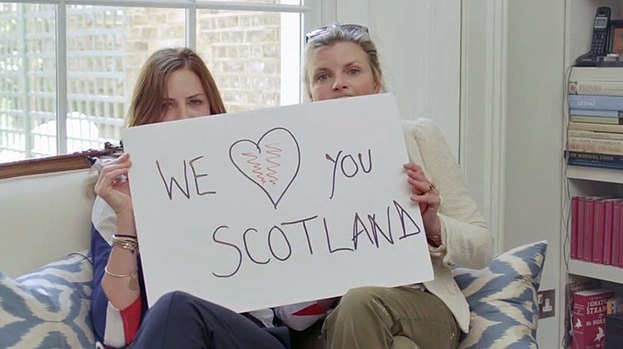

Yet what would it mean for Scotland to be a “network state”, when big power blocs are breaking up the rules-based order of globalisation? What would it mean for Scotland to be a European “member state”, if the EU becomes a fortress against migration, or is stressed and militarised by Russian geopolitics?
The one attribute that Tom Nairn and his work consistently inspires is intellectual and conceptual ambition for one’s own political thoughts.
So, a wee critique: you’d have to say that there wasn’t much of an ecological sensitivity in his work. Nairn retained that much of his old Marxist background. He approved of capitalist development ensuring that (as the Communist Manifesto put it) “all that is solid melts into air.” This is not a description of a catastrophic climate-driven wildfire—but it could be.
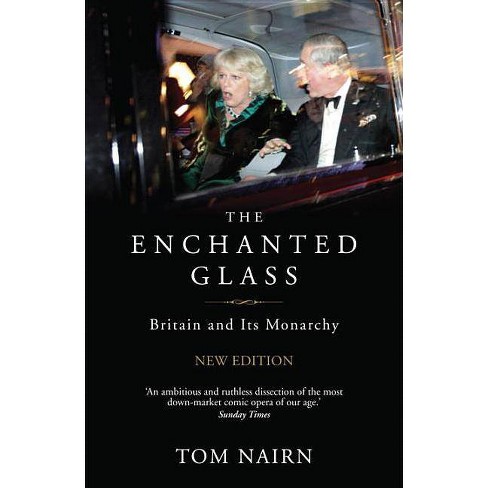

Nevertheless, in an age of unlimited computation and planetary limits, Scotland can still adapt Nairn’s theoretical position on nationhood—as a democratic brake on, and steering of, the key forces of the age. A progressive nationalism valuing the past, as a resource for occupying the future.
What is the current “conjuncture”, for supporters of Scottish Indy? When Artificial General Intelligence is about to dissolve much of routine human labour, where other than the small nation can new social contracts be consensually and lastingly forged? When a worsening climate puts constraints on both consumption and production, where other than the small nation can a post-capitalist appetite for “wellbeing”, rather than status anxiety, be fomented?
We may need to adopt the confident pragmatism of Nairn when it comes to the jurisdictional and directional powers of a Scottish state. Does EFTA, or EU membership, best enable the kind of eco-techno state that Scotland needs to become for the rest of this century? Discuss.
But let’s also follow Tom in his last months and years, and begin by intensely imagining the feel and lifestyle of the country we could be. “La dolce vita scozzese”? Over a Lavazza in a square somewhere, I hope Tom would approve.

